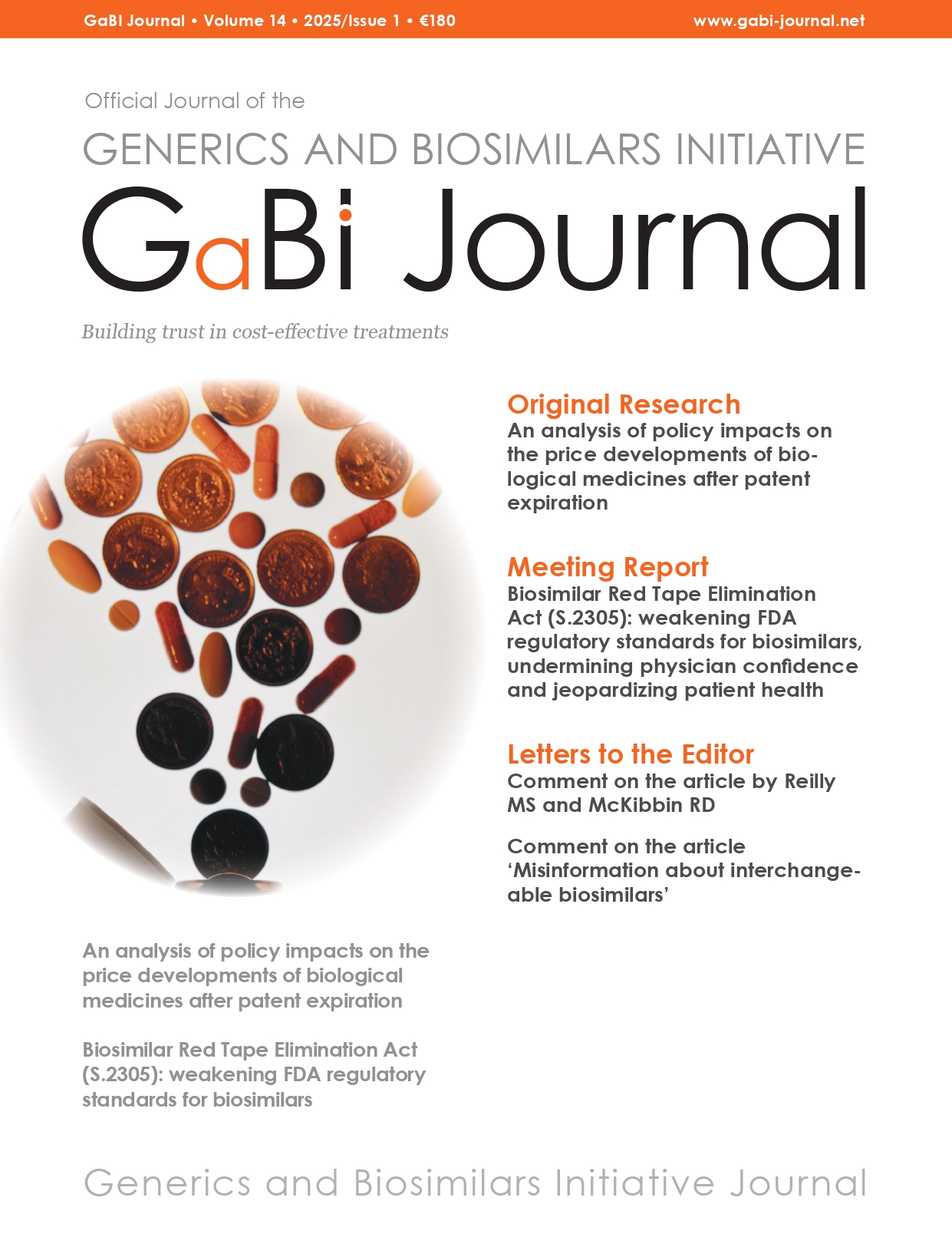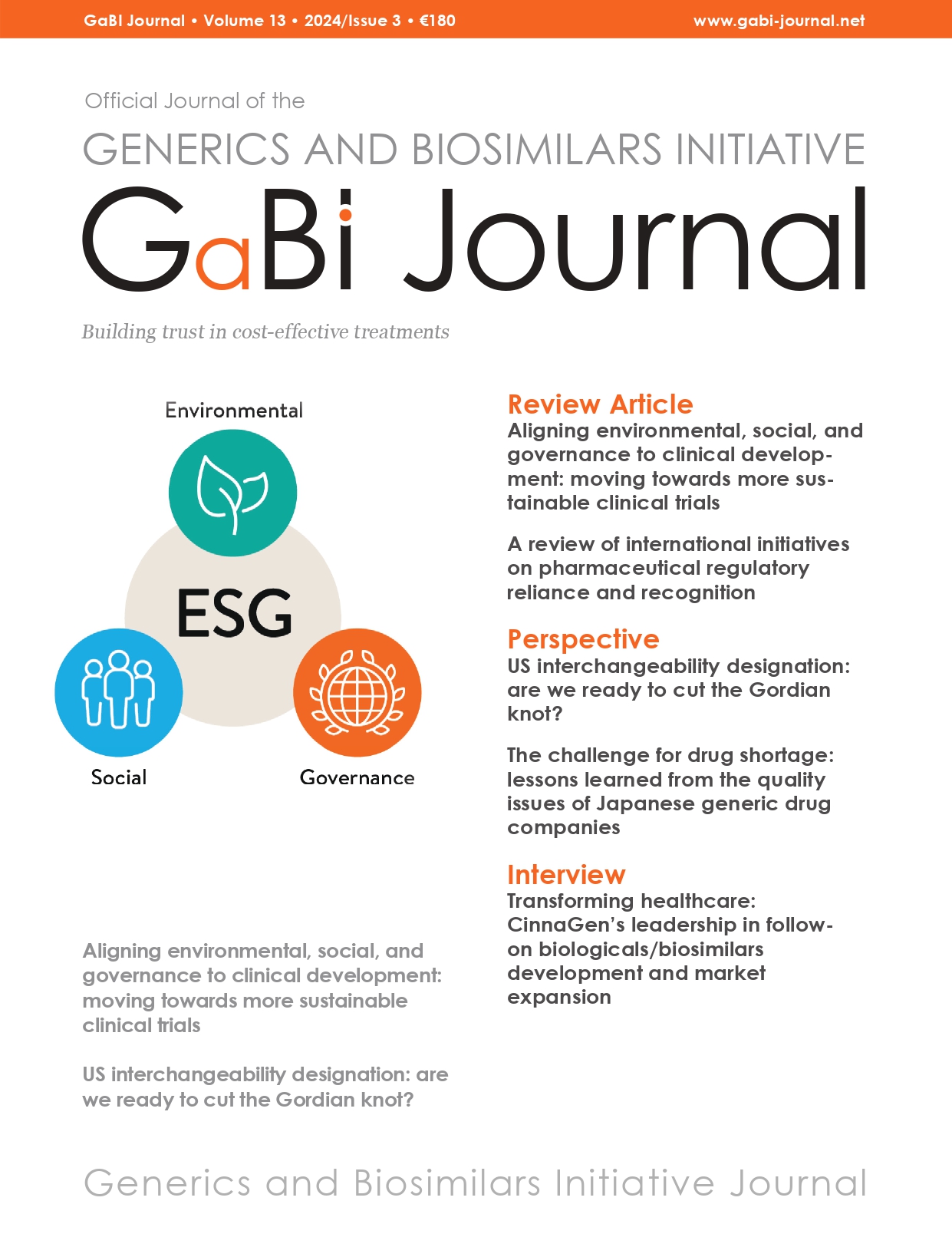Pro-generics policies and the backlog in medicines registration in South Africa: implications for access to essential and affordable medicines Comment by Ernest Schay, Bayer Thank you for this very interesting article. From a veterinary medicine perspective, it would certainly explain why such medicines are also experiencing a delay, as veterinary medicines use the same P & A (Pharmaceutical […]
Search results for Readers’ Comments
A patient-centred paradigm for the biosimilars market
A patient-centred paradigm for the biosimilars market This article provides important insights into the use and application of complex biologicals, particularly biosimilars, in health delivery systems. One aspect of care that has been traditionally ignored by providers as well as the private sector is the patient experience. Although much has been said about ‘patient-centeredness’, what this means generally is lip […]


